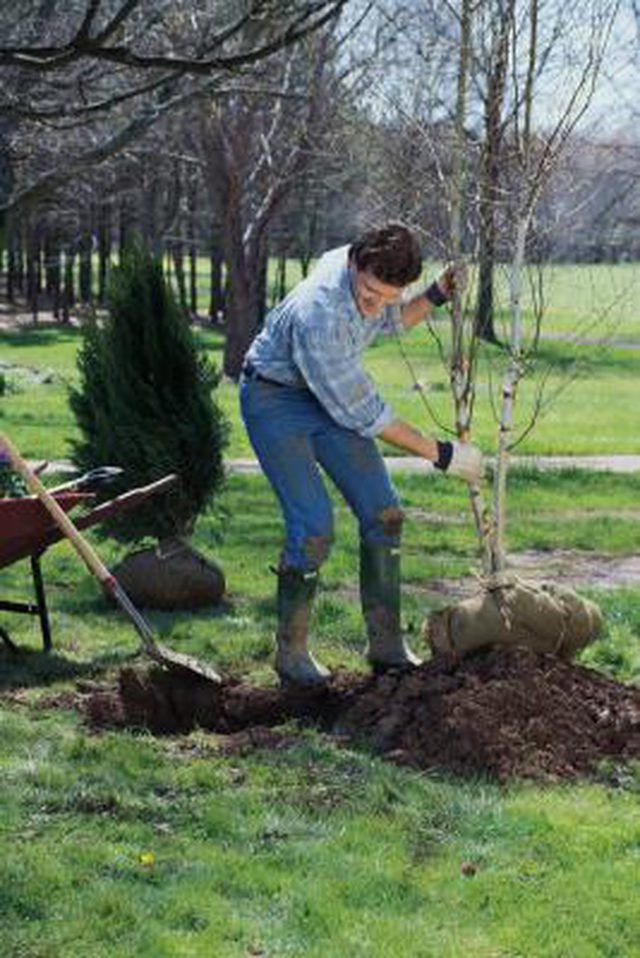Bulbs
Flower Basics
Flower Beds & Specialty Gardens
Flower Garden
Garden Furniture
Garden Gnomes
Garden Seeds
Garden Sheds
Garden Statues
Garden Tools & Supplies
Gardening Basics
Green & Organic
Groundcovers & Vines
Growing Annuals
Growing Basil
Growing Beans
Growing Berries
Growing Blueberries
Growing Cactus
Growing Corn
Growing Cotton
Growing Edibles
Growing Flowers
Growing Garlic
Growing Grapes
Growing Grass
Growing Herbs
Growing Jasmine
Growing Mint
Growing Mushrooms
Orchids
Growing Peanuts
Growing Perennials
Growing Plants
Growing Rosemary
Growing Roses
Growing Strawberries
Growing Sunflowers
Growing Thyme
Growing Tomatoes
Growing Tulips
Growing Vegetables
Herb Basics
Herb Garden
Indoor Growing
Landscaping Basics
Landscaping Patios
Landscaping Plants
Landscaping Shrubs
Landscaping Trees
Landscaping Walks & Pathways
Lawn Basics
Lawn Maintenance
Lawn Mowers
Lawn Ornaments
Lawn Planting
Lawn Tools
Outdoor Growing
Overall Landscape Planning
Pests, Weeds & Problems
Plant Basics
Rock Garden
Rose Garden
Shrubs
Soil
Specialty Gardens
Trees
Vegetable Garden
Yard Maintenance
How to Uproot a Tree Without Killing It
How to Uproot a Tree Without Killing It. Sometimes trees are planted too close to the house foundation, or they cast too much shade on your garden. But you can uproot a tree and transplant it to another part of the yard, or even take a favorite specimen with you when moving to a new home. Keep in mind though that preparation work improves the...

Sometimes trees are planted too close to the house foundation, or they cast too much shade on your garden. But you can uproot a tree and transplant it to another part of the yard, or even take a favorite specimen with you when moving to a new home. Keep in mind though that preparation work improves the chance of a successful transplant. Also, when moving large trees, use professional landscapers -- as they have the specialized equipment necessary to deal with the weight and height. Large trees are those with a trunk diameter at chest height of greater than 2 inches, according to Iowa State University Extension.
Things You'll Need
Shovel
Twine
Burlap
Examine the tree to ensure it's dormant, as this lessens the shock of transplanting. This occurs between autumn, after the tree has dropped its leaves, up until early spring, before the tree starts sprouting new growth.
Water the soil thoroughly three days before you plan to dig. It helps to keep the root ball moist when you uproot the tree.
Tie the branches with twine, the same as when Christmas trees are transported. Start at the lowest branch and wrap the twine around the tree, guiding the branches upward as you work. Not only does this protect the branches from damage during transport, it makes it easier for you to uproot the tree.
Dig up the root ball by hand with a shovel, being careful to avoid damaging any roots. To ascertain what size root ball to dig, measure the trunk diameter at chest height. Multiply this measurement by 8 to 12 inches for each inch of trunk diameter. For example, if the diameter is 1.5 inches -- 1.5 x 8 = 12 inches and 1.5 x 12 = 18 inches -- dig up a root ball with a radius between 12 and 18 inches.
Wrap the root ball and all of its soil with burlap. Accomplish this by carefully tilting the tree to slide the burlap underneath the root ball. Tie the burlap tightly so the root ball does not come apart or lose soil when you carry it.
Uproot the tree by lifting it out of the ground by the root ball.
Carry the tree by the root ball to its new location. Do not trim any branches unless they're severely damaged, as doing so would increase the level of shock.